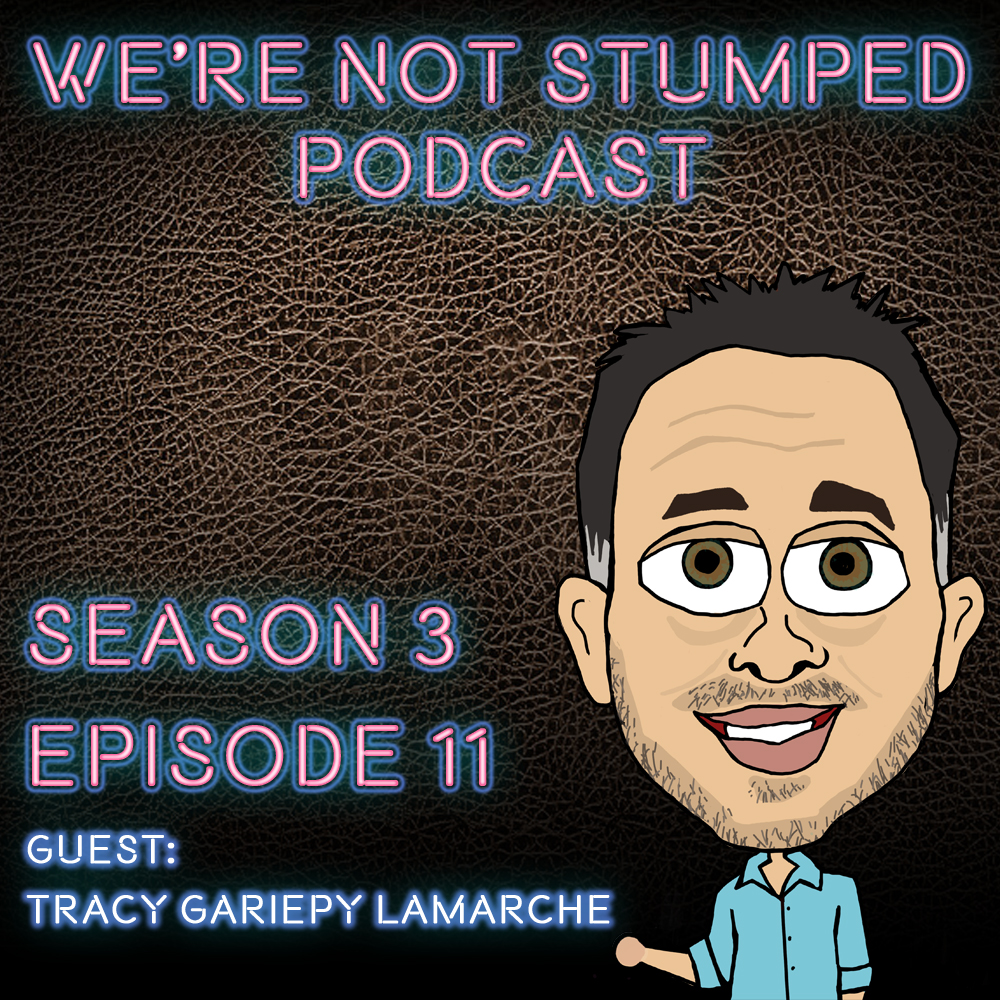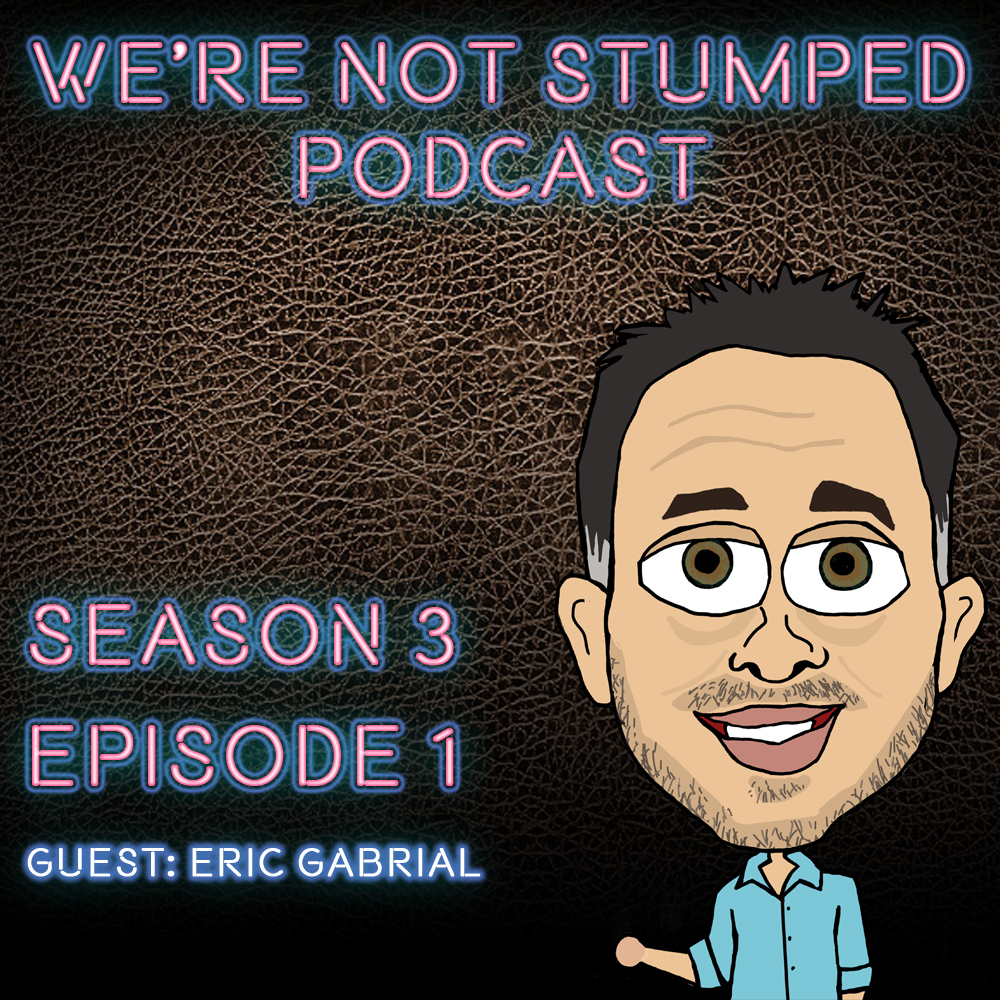Limb Loss Due To Medical Condition Podcast
We’re Not Stumped RAKA Podcast with Female Bodybuilder Tracy Gariepy LaMarche S3 E11
In this episode of the We’re Not Stumped podcast, I welcome right above-knee amputee (RAKA) and bodybuilder Tracy Gariepy LaMarche. Tracy wasn't your typical athlete. In fact, she didn't even dip her toes into the world of physical fitness until she reached her thirties. But when she finally embraced it, she did so with
We’re Not Stumped Podcast – Kara Skrubis, Osteosarcoma Cancer Survivor & Above Knee Amputee S3 E10
Since the age of three, Kara Skrubis has practiced ballet. Throughout her youth, she traveled the nation, showcasing her ballet prowess. Alongside her performances, she commenced teaching ballet and started her studies as a dance major at University at Buffalo. However, her trajectory took an unforeseen twist during her inaugural semester at UB. In
We’re Not Stumped Podcast Bradley Schubert Amputee and Adaptive Golf S3 E8
Bradley's journey as a below-the-knee amputee began in September 2014 due to a prolonged battle with osteomyelitis and multiple surgeries. His pivotal moment came three weeks prior to the amputation when he accompanied Jeff Linton, then president of Midwestern Amputee Golf Association (MWAGA) , on a ride. This encounter marked the beginning of Bradley's
Bilateral Above Knee Jennifer JJ Johnson and Below Knee Dan Moses Limb Loss Podcast
Welcome back to another empowering episode of "We're Not Stumped," where we delve deep into the lives of individuals defying limitations and breaking barriers. I'm your host, Mike Bolland, a congenital amputee, and today, we're joined by two incredible guests: Jennifer "JJ" Johnson, a bilateral above knee amputee, and Dan Moses, a bilateral below
Above Knee Limb Loss Podcast Jeanette Jones
Jeanette Jones is a childhood cancer survivor. Despite many attempts to save her left leg over a period of four years, she had to have her leg amputated at age 16. She discusses her barttle to both survive and save her leg in this episode of the We're Not Stumped above knee amputee podcast.
We’re Not Stumped Bilateral Above Knee Amputee Podcast S3 E1 Eric Gabriel
In this episode of the We're Not Stumped podcast, I welcome Dr. Eric William Gabriel, a bi-lateral, above-knee amputee, as my guest. He was born and raised in Levittown, Long Island NY, one of the first pre-planned housing developments in the United States. While growing up, he enjoyed going to school, and playing baseball.
About Limb Loss Due To Medical Condition
Limb loss due to a medical condition refers to the loss of one or more limbs (such as arms or legs) as a result of a medical condition or disease. Unlike traumatic limb loss, which often occurs due to accidents or injuries, medical conditions leading to limb loss are typically caused by underlying health issues that necessitate surgical amputation to improve the individual’s overall health, prevent complications, or enhance their quality of life. Some common medical conditions that can lead to limb loss include:
- Peripheral Arterial Disease (PAD): PAD is a condition characterized by the narrowing or blockage of arteries, usually in the legs, due to atherosclerosis. Severe cases of PAD can lead to insufficient blood flow to the extremities, resulting in tissue damage and the need for amputation.
- Diabetes: Diabetes can lead to a range of complications, including peripheral neuropathy and poor circulation. Diabetic foot ulcers that do not heal properly can become infected and, in severe cases, necessitate amputation.
- Cancer: In some cases, cancerous tumors or sarcomas in the limbs may require surgical removal, resulting in limb loss. This is often done to prevent the spread of cancer to other parts of the body.
- Infections: Severe, uncontrollable infections, such as necrotizing fasciitis or gangrene, can cause extensive tissue damage and may require amputation to prevent the spread of infection to other areas of the body.
- Vascular Diseases: Various vascular diseases, such as Buerger’s disease or thromboangiitis obliterans, can lead to arterial inflammation and blockages, ultimately leading to limb ischemia and amputation.
- Congenital Conditions: Some individuals are born with congenital conditions that affect limb development or function, and in certain cases, amputation may be necessary to improve mobility or address complications.
- Complications of Orthopedic Conditions: Chronic orthopedic conditions, such as severe osteomyelitis (bone infection), extensive osteoarthritis, or Charcot joint disease, can lead to joint destruction or bone deterioration, sometimes requiring limb amputation.
Limb loss due to a medical condition is typically a medically necessary intervention aimed at preserving the individual’s overall health and preventing further complications. After amputation, individuals often undergo rehabilitation, including physical therapy, occupational therapy, and prosthetic fitting, to regain mobility, adapt to their new circumstances, and improve their quality of life. The medical team, including surgeons, prosthetists, and therapists, works together to ensure a comprehensive and personalized approach to care for individuals who have experienced limb loss due to a medical condition.







